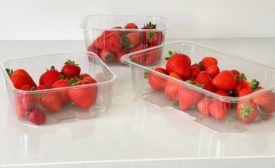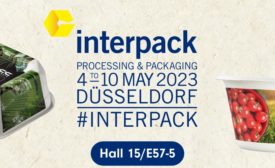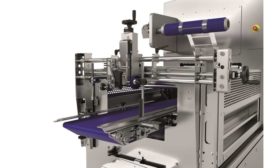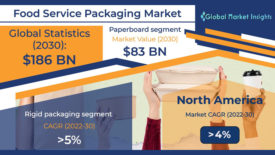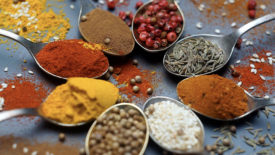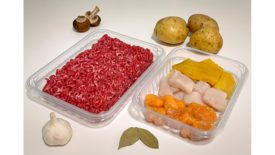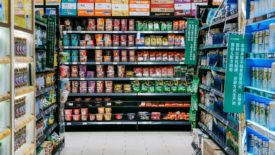Rigid Containers
Glass, PET and cans used for food, beverage, household, medical & pharmaceutical packaging.
ARTICLES
Sustainability
Charting Their Own Paths to Sustainability
While there are many well-known routes to more sustainable packaging, these companies have developed unique and ingenious ways to keep packaging materials biodegradable or ease their recycling.
June 1, 2023
Data Watch
Food Service Packaging Market size to reach US $186 Bn by 2030
November 2, 2022


